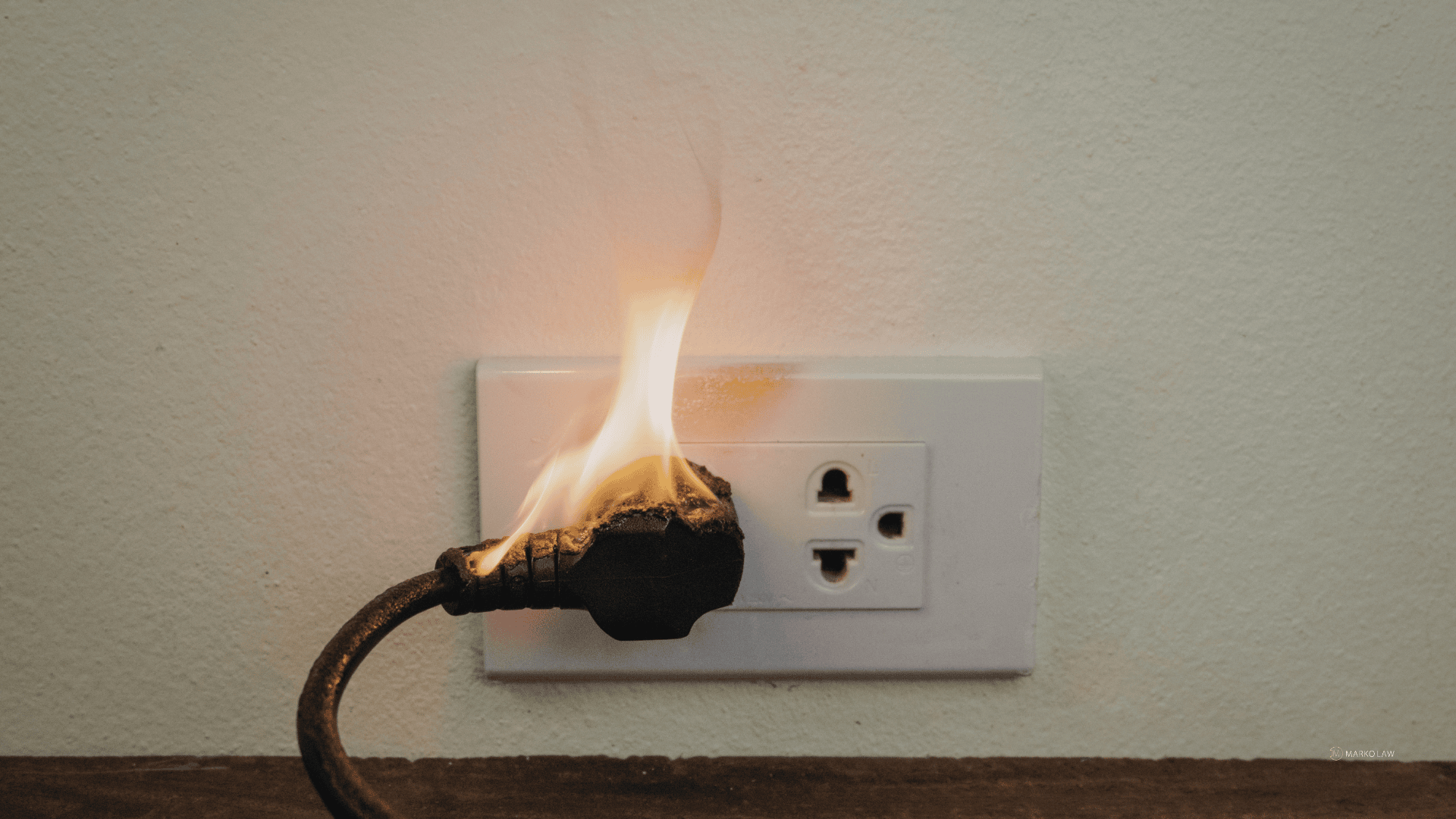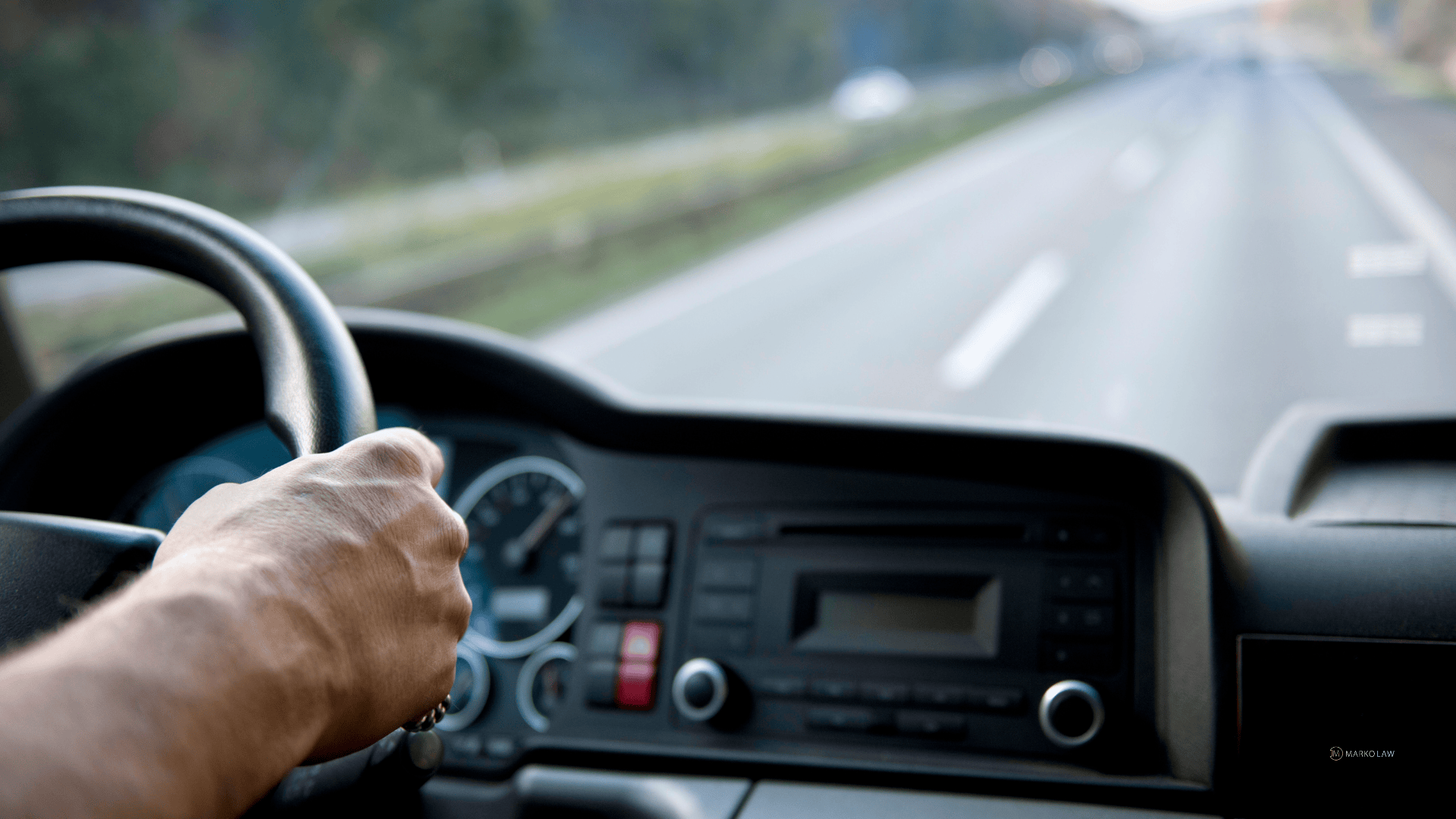Top Spring Motorcycle Safety Tips: Enjoying the Ride Safely
As the chill of winter fades away and the warmth of spring begins to embrace us, motorcycle enthusiasts eagerly dust off their bikes and prepare for the exhilarating rides ahead. Springtime brings with it a sense of renewal and adventure, making it the perfect season to hit the open road on two wheels. However, amidst the excitement of springtime motorcycle riding, it's crucial to remember the importance of prioritizing safety.
Preparing Your Motorcycle for Spring
Checking Tires, Brakes, and Fluids
Tire Inspection: Start by inspecting your motorcycle's tires for signs of wear and tear, including tread depth, cracks, and punctures. Ensure that the tire pressure is at the recommended level to maintain traction and stability on the road.
Brake Examination: Test the brakes to ensure they are functioning correctly and respond promptly when applied. Check the brake pads, rotors, and brake fluid levels, and replace or replenish as needed to maintain optimal braking performance.
Fluid Levels: Check the levels of essential fluids, including engine oil, coolant, brake fluid, and transmission fluid. Ensure that all fluids are topped up to the recommended levels to prevent overheating and mechanical issues while riding.
Performing a Thorough Inspection of the Bike
Lights and Signals: Test all lights, including headlights, taillights, brake lights, and turn signals, to ensure they are working correctly. Replace any burnt-out bulbs or faulty components to maintain visibility and comply with road safety regulations.
Controls and Cables: Inspect the throttle, clutch, and brake cables for signs of fraying, kinks, or corrosion. Lubricate the cables and ensure that they move smoothly without any binding or resistance.
Electrical System: Check the battery condition and connections to ensure they are secure and free from corrosion. Test the electrical system, including the ignition, horn, and indicators, to verify proper functionality.
Ensuring Proper Maintenance and Servicing
Routine Maintenance: Schedule a comprehensive servicing and maintenance appointment with a qualified mechanic or dealership. A professional inspection can identify any underlying issues or potential hazards and address them before hitting the road.
Fluid Changes: Consider changing the engine oil, coolant, and brake fluid as part of your spring maintenance routine. Fresh fluids help maintain optimal performance and protect critical engine components from wear and tear.
Filter Replacement: Replace the air filter and fuel filter if necessary to ensure proper airflow and fuel delivery to the engine. Clean filters improve engine efficiency and longevity, enhancing overall performance.
Riding Gear and Apparel
Importance of Wearing a Helmet
Protection: A helmet is the most critical piece of safety equipment for motorcyclists. It provides essential protection for your head and brain in the event of a crash, reducing the risk of serious injury or fatality.
Legal Requirement: In many jurisdictions, wearing a helmet is a legal requirement for motorcyclists. Even where it's not mandated by law, wearing a helmet is strongly recommended as a safety precaution.
Types of Helmets: There are various types of helmets available, including full-face, modular, open-face, and half-helmets. Choose a helmet that provides adequate coverage and meets safety standards set by organizations such as the Department of Transportation (DOT) or Snell.
Choosing Appropriate Protective Gear
Jacket and Pants: Wear a durable motorcycle jacket and pants made of abrasion-resistant materials such as leather or textile. These garments offer protection against road rash and abrasions in the event of a fall.
Gloves: Proper riding gloves with reinforced palms and knuckle protection provide grip, comfort, and hand protection. They also shield your hands from wind, debris, and road hazards.
Boots: Sturdy, over-the-ankle motorcycle boots provide support, traction, and protection for your feet and ankles. Look for boots with non-slip soles and reinforced toe and heel areas.
Body Armor: Consider wearing additional body armor, such as a back protector, shoulder pads, and elbow guards, for added protection against impact injuries.
Dressing for Changing Weather Conditions
Layering: Spring weather can be unpredictable, with temperature fluctuations throughout the day. Dress in layers that can be added or removed as needed to stay comfortable in varying conditions.
Waterproof Gear: Invest in waterproof riding gear or rain gear to stay dry in the event of unexpected rain showers. Waterproof jackets, pants, and gloves help keep you comfortable and focused on the road.
Visibility: Choose gear with high-visibility or reflective elements to enhance your visibility to other motorists, especially in low-light conditions or inclement weather.
Ventilation: Opt for gear with ventilation features, such as zippered vents or mesh panels, to promote airflow and keep you cool during warm spring days.
Riding Techniques for Spring Conditions
Being Mindful of Road Hazards and Debris
Potholes and Pavement Irregularities: Springtime often brings with it the aftermath of winter weather, including potholes and uneven pavement surfaces. Stay vigilant and scan the road ahead for potential hazards, adjusting your speed and trajectory to avoid obstacles safely.
Gravel and Debris: Melting snow and ice can leave behind gravel, sand, and debris on roadways, increasing the risk of loss of traction and skidding. Exercise caution when navigating areas with loose gravel, maintaining a steady pace and avoiding abrupt maneuvers.
Wet Leaves and Mud: Spring showers and melting snow can lead to wet leaves and mud accumulation on roads, particularly in rural or wooded areas. Approach these areas with caution, reducing speed and avoiding sudden braking or acceleration to minimize the risk of sliding.
Adjusting to Variable Weather Conditions
Temperature Fluctuations: Spring weather can be unpredictable, with rapid changes in temperature throughout the day. Dress in layers and be prepared for sudden temperature drops or increases. Consider carrying a lightweight waterproof jacket or thermal liner to adapt to changing conditions.
Rain Showers: Be prepared for spring showers by wearing waterproof gear and maintaining a safe following distance from other vehicles. Reduce your speed and avoid sudden maneuvers on wet roads to prevent hydroplaning and loss of control.
Wind Gusts: Springtime winds can be strong and gusty, especially in open areas or on bridges. Maintain a firm grip on the handlebars and anticipate wind gusts by leaning into the wind and keeping your body centered over the motorcycle.
Maintaining Visibility and Staying Alert
Headlight Use: Keep your motorcycle's headlights on at all times, even during daylight hours, to enhance visibility to other motorists. Use high beams when appropriate and ensure that your headlights are properly aligned for maximum effectiveness.
Watch for Wildlife: Springtime brings an increase in wildlife activity, with animals emerging from hibernation and venturing near roadways in search of food. Watch for signs of wildlife crossing and reduce your speed in areas known for animal encounters.
Stay Alert: Maintain a heightened sense of awareness while riding, scanning your surroundings for potential hazards and remaining vigilant at all times. Avoid distractions such as cell phones or music devices and focus your attention on the road ahead.
Defensive Riding Strategies
Anticipating the Actions of Other Motorists
Observation: Stay alert and maintain a proactive approach to monitoring the behavior of other motorists on the road. Watch for signs of erratic driving, such as sudden lane changes, speeding, or distracted behavior.
Predictive Analysis: Anticipate potential hazards by assessing the traffic flow and road conditions ahead. Look for clues, such as brake lights, turn signals, or road signs, that may indicate upcoming hazards or changes in traffic patterns.
Defensive Positioning: Position yourself defensively within your lane, maintaining a buffer zone between your motorcycle and other vehicles. Avoid riding in blind spots and position yourself where you can be easily seen by other motorists.
Keeping a Safe Distance from Other Vehicles
Following Distance: Maintain a safe following distance from the vehicle ahead, allowing ample time to react and maneuver in the event of sudden stops or emergencies. The recommended following distance is at least two seconds in dry conditions and even greater in wet or slippery conditions.
Buffer Zones: Keep an eye on the vehicles around you and maintain buffer zones on all sides of your motorcycle. Avoid riding too closely to other vehicles and be prepared to adjust your speed or position to maintain a safe distance.
Evasive Maneuvers: Practice evasive maneuvers, such as swerving or braking, to avoid collisions with other vehicles or obstacles in your path. Be prepared to take evasive action if a dangerous situation arises, and always prioritize your safety and well-being.
Practicing Defensive Riding Maneuvers
Braking Technique: Practice effective braking techniques, including both front and rear braking, to minimize stopping distances and maintain control of your motorcycle. Gradually apply the brakes to avoid skidding or locking up the wheels.
Swerving: Master the art of swerving to navigate around obstacles or hazards in your path. Practice swerving in a controlled environment to develop confidence and proficiency in executing this defensive maneuver.
Escape Routes: Identify potential escape routes or exit strategies in case of emergencies, such as an oncoming vehicle crossing into your lane or an obstacle blocking your path. Always be prepared to take evasive action to avoid collisions or minimize the impact of a crash.
Group Riding Safety
Communicating Effectively with Fellow Riders
Pre-Ride Briefing: Before setting out on a group ride, gather all riders for a pre-ride briefing to discuss the route, pace, and safety guidelines. Establish hand signals or communication protocols to convey important messages during the ride.
Use of Communication Devices: Utilize communication devices such as Bluetooth headsets or motorcycle intercom systems to stay connected with fellow riders. Clear communication enhances coordination and allows riders to alert each other to hazards or changes in plans.
Establishing Signals: Agree upon hand signals or verbal cues to communicate essential messages while riding, such as signaling for a rest stop, alerting others to hazards, or indicating a change in direction.
Riding in Staggered Formation
Staggered Formation: When riding in a group, adopt a staggered formation to maintain adequate spacing between motorcycles and enhance safety. Riders should stagger their positions within their lane, allowing for increased visibility and maneuverability.
Safe Distance: Maintain a safe distance from the motorcycle ahead, ensuring that there is ample space to react and maneuver in the event of sudden stops or emergencies. Avoid tailgating or riding too closely to other motorcycles in the group.
Maintaining Formation: Encourage riders to maintain their position within the staggered formation and avoid sudden lane changes or erratic maneuvers that can disrupt the group's cohesion and pose safety risks.
Planning Routes and Rest Stops
Route Planning: Plan routes that are suitable for group riding, taking into account factors such as road conditions, traffic patterns, and scenic attractions. Choose routes with minimal congestion and ample opportunities for rest stops and refueling.
Scheduled Rest Stops: Incorporate scheduled rest stops into the ride itinerary to allow riders to stretch their legs, hydrate, and regroup. Coordinate rest stops in advance and communicate the location and duration of each stop to ensure everyone stays together.
Emergency Procedures: Establish emergency procedures and contingency plans in case of unexpected events or emergencies, such as breakdowns, accidents, or riders becoming separated from the group. Designate a designated leader and sweep rider to oversee the group and assist with any issues that arise.









.svg)








